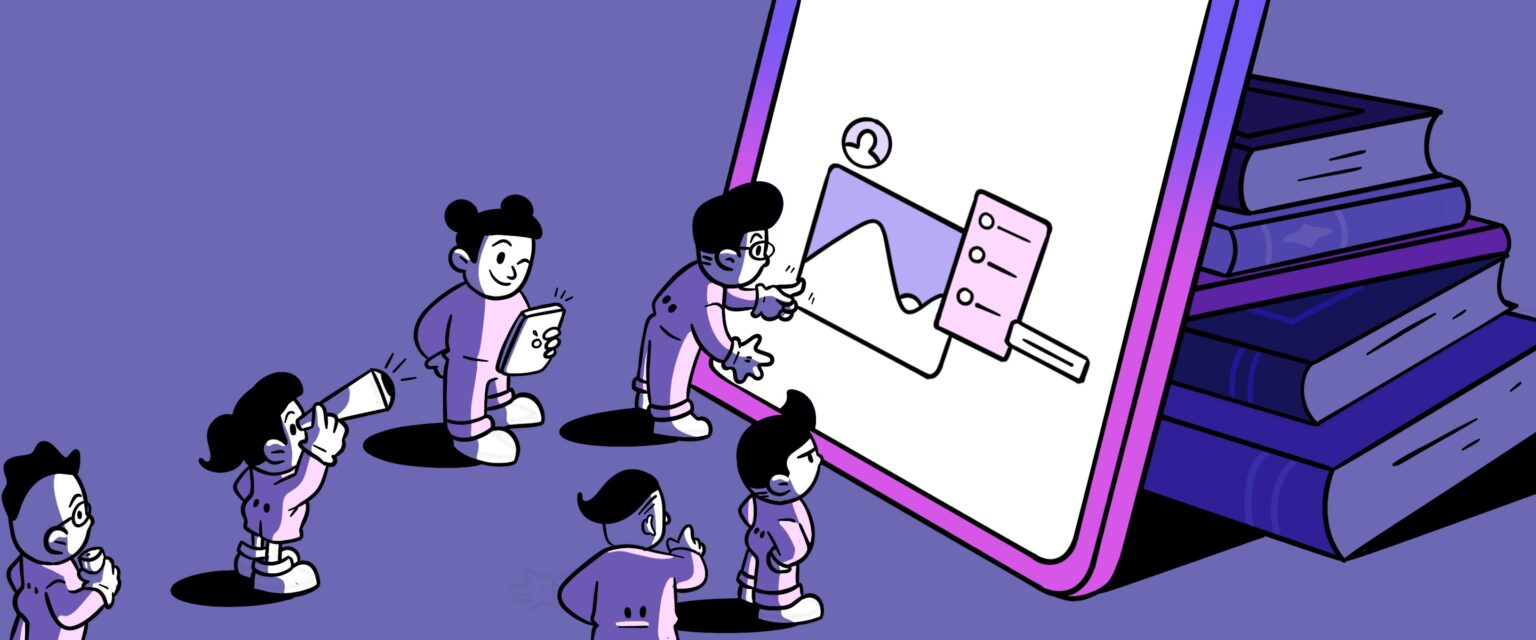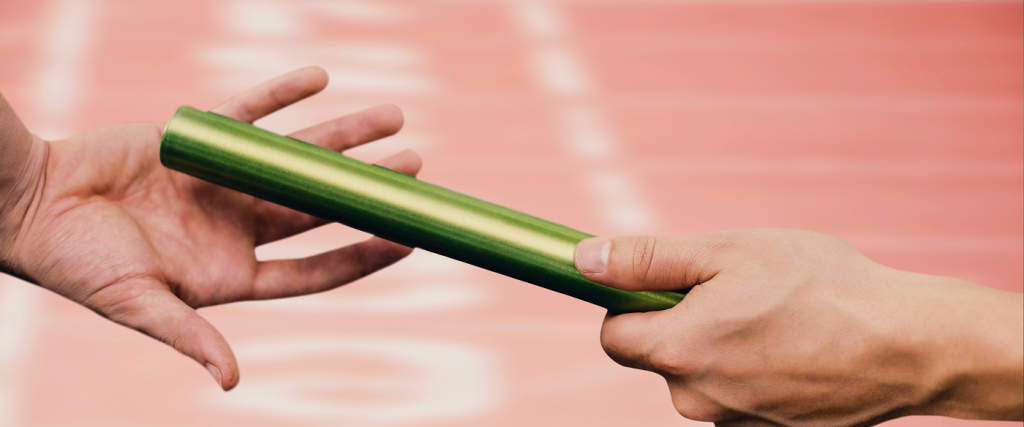POSTED IN
Marketing
WRITTEN BY
Nay Madani
DATE
Evaluating a design is always filled with subjectivity. What looks good to us doesn’t mean the same for others. Good design is not only pixels and colors but also how the design conveys a message to solve a problem. This article gives you a deeper understanding of how to evaluate design!
What things to consider when evaluating a design?
Visually-pleasing aesthetics is an essential element in evaluating design quality. However, you can’t just rely on a beautiful design to measure its effectiveness. Keep that in mind. You can evaluate design from the function and aesthetics of the design itself.
1. Evaluate design from the functionality point of view
- Design meets purpose
It would be best if you got the purpose behind creating a design because it is a visual solution. You must ensure that the design presents all relevant information to the audience. Although content is king, the design must be balanced so that there is not too much information in one format.
For example, if you create a logo design, you must evaluate, based on the goal, whether the logo can represent the company’s identity. Likewise, you can evaluate the design based on the conversions generated when designing a landing page.
- Message delivered clearly
Besides being eye-catching, a good design will also clearly show the message. Its visual hierarchy can direct the audience’s eye to read which elements they should see in order, starting from the focal point with a big and bold title to heading to the CTA section.
The audience can read the message in the design quickly if typography principles are well-executed. Many great designs don’t look too pretty but are effective because they’re easy to understand.
- Define target audience
Designers don’t design for themselves. So make sure the design is oriented to the target audience. For example, let’s say you’re designing for a children’s book, so you need a colorful and picture-packed design style to keep kids interested. The design should align with the type of content your audience consumes or what catches their eye.
2. Evaluate design from the aesthetic point of view
- Make sure the design catches the eye
Aesthetics is and will always be the most subjective part. However, an aesthetically pleasing design will always have a good layout, composition, and color scheme. So don’t get lost in following trends. Instead, you have to focus on differentiating yourself and communicating your brand.
- Take a look color selection
Color should become a critical design element in any project. Color choices can affect how your design reads. If you decide that certain information needs attention, emphasize it by changing its size, shape, or color.
- Typography
Typography carries a message in a design. Make sure the amount of typography you choose makes the message clear. Choose a pair of fonts that align so you can categorize chunks of text to make the information easy to read. Also, try not to use too many typographies in one section: two or three still work.
Evaluation helps measure design success
The technical quality, compositional suitability, and visual aesthetics of a design will help you make a structured evaluation that helps designers improve the design’s quality for further projects. But when the evaluation becomes too subjective, keep your purpose in mind. Aesthetic design and quality walk hand in hand to be a great design. Follow the tips for evaluating designs properly to minimize back-and-forth revisions, and the collaborative process can run effectively.


